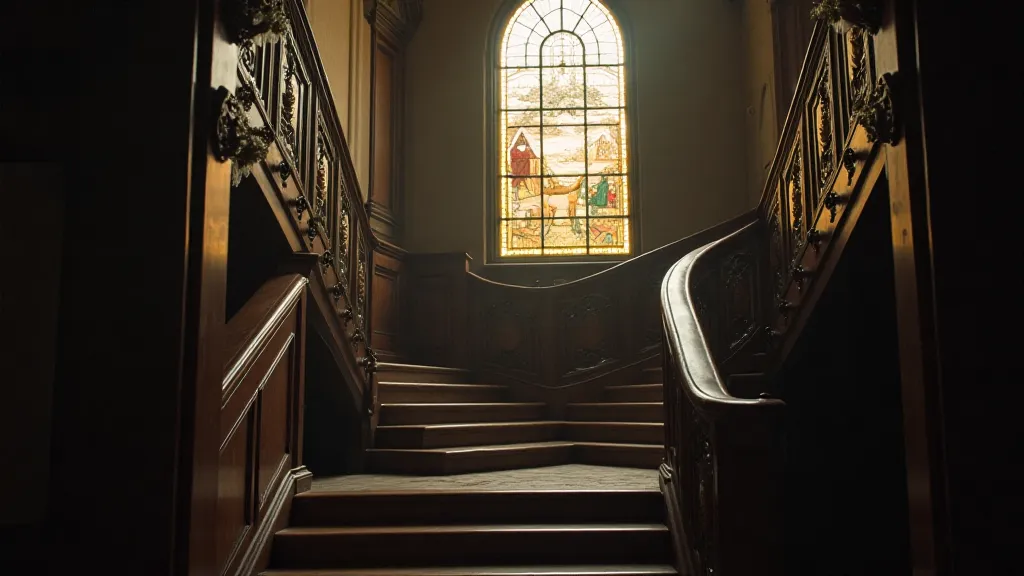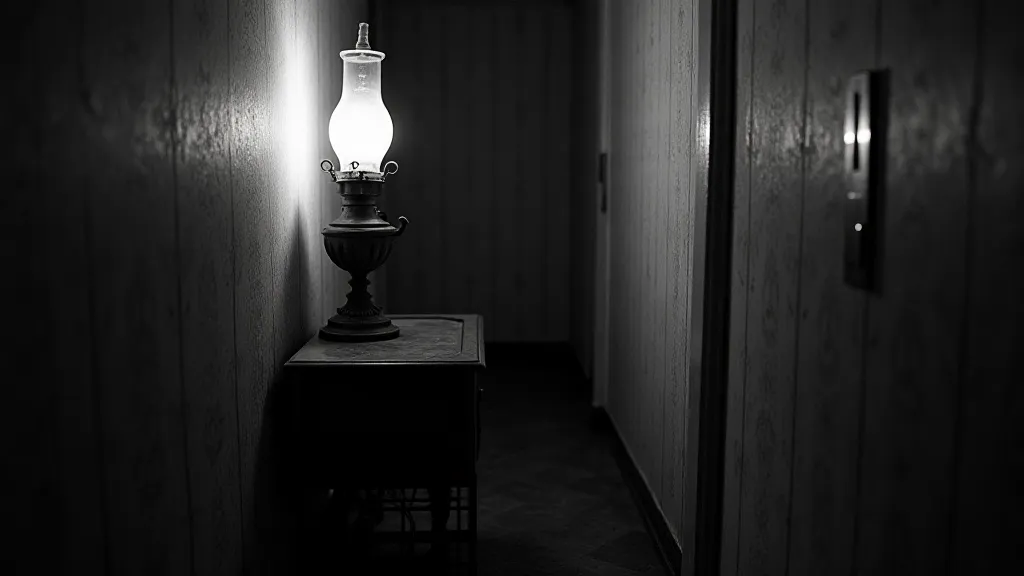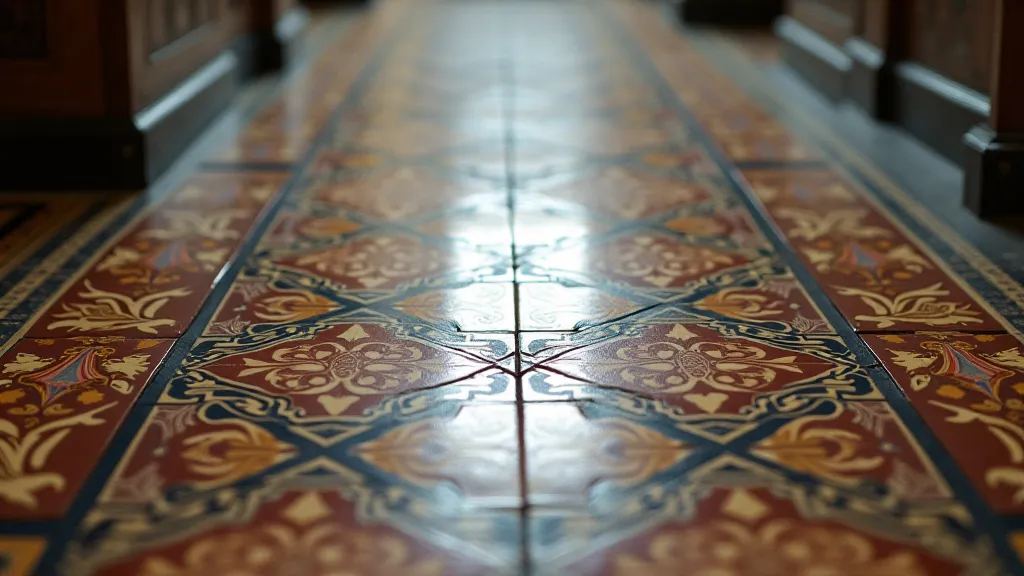The Gilded Cage: How Victorian Opulence Reflected Social Hierarchy
The Victorian era. The very name conjures images of bustles, top hats, and a rigid sense of propriety. But beyond the carefully constructed façade of Victorian society lay a complex tapestry of class distinctions, economic upheaval, and burgeoning industrial power. Nowhere is this more evident than in the architecture of the period. More than just buildings, these structures were potent symbols – a visual language communicating wealth, power, and social standing in a society fiercely stratified.
My grandfather, a master carpenter, used to tell me stories of the great Victorian mansions he helped restore in his youth. He’s gone now, but I can still picture his weathered hands tracing the intricate carvings on a gargoyle, explaining how the precise angle of a stained-glass window dictated the quality of light within a room, meant to be enjoyed only by the privileged few. He's the reason I became so fascinated with this era. These buildings weren't just about aesthetics; they were about making a statement – a very loud, very public declaration of one's place in the social order.
The Rise of the Industrial Bourgeoisie
The mid-19th century saw unprecedented industrial growth. Fortunes were made rapidly, primarily in textiles, coal mining, and railway construction. This new industrial bourgeoisie, eager to demonstrate their newfound wealth and legitimacy, sought to emulate the established landed gentry. However, unlike the aristocracy, whose wealth was rooted in generations of inherited land, the industrialists needed to prove their status. Architecture became their most effective tool.
Think about it. The aristocracy built grand estates over decades, sometimes centuries, slowly accumulating wealth and allowing their homes to evolve organically. The industrialists, however, wanted a statement piece – a mansion erected swiftly, showcasing their ability to amass considerable sums. This resulted in a style often characterized by excessive ornamentation, borrowing heavily from historical styles (Gothic, Renaissance, Italianate) but adapting them to suit a desire for immediate grandeur. It wasn't about subtle elegance; it was about sheer, undeniable presence.

Echoes of the Past, Manifestations of Power
The architectural vocabulary of the Victorian era was a complex mix. Gothic Revival, with its pointed arches, ribbed vaults, and flying buttresses, was frequently employed to evoke a sense of historical piety and enduring strength – suggesting that the industrialist’s success was somehow ordained by a higher power. Italianate style, with its low-pitched roofs, bracketed cornices, and elaborate window detailing, mirrored Italian villas, signifying a cultivated appreciation for art and culture – a carefully constructed persona for the newly wealthy.
The scale of these buildings was crucial. They weren't just comfortable; they were deliberately imposing. Large, ornate front doors, long winding driveways, and expansive gardens were all designed to intimidate and impress. The servants' quarters, often tucked away in the basements and back wings, were a physical representation of the vast gulf between the owners and those who maintained their lavish lifestyles.
And the ornamentation! Every surface seemed to be covered in something – carved wood, wrought iron, stained glass, encaustic tiles. It wasn't just about beauty; it was about demonstrating the ability to afford the finest craftsmanship. The amount of ornamentation was directly proportional to the perceived social standing. A moderately wealthy merchant might have a respectable Italianate villa; a railway baron would build a palace.
The Servants’ Passage: A Hidden Narrative
Perhaps the most telling aspect of Victorian architecture, and often overlooked, is the structure of the servants’ passage. These narrow, often dimly lit corridors ran behind the main living areas, providing access to the kitchen, laundry, and other essential rooms. They were almost entirely invisible to visitors, representing the hidden engine that kept the opulent lifestyle of the owners functioning. The very existence of these passages reinforced the power dynamic – the owners were seen, the workers unseen.
My grandfather once explained that he'd found a tiny, intricately carved wooden bird tucked into a corner of one of these passages during a restoration project. "A little kindness," he said, "hidden in the shadows of a gilded cage." It struck me then, the sadness inherent in this era, the sacrifices made to uphold a system of rigid social hierarchy.

Beyond the Grandeur: Craftsmanship and Detail
While the Victorian era’s architecture served as a blatant display of power, it also represents a pinnacle of craftsmanship. The artisans who built these mansions – the carpenters, stonemasons, plumbers, and glaziers – were masters of their trades. The intricacy of the woodwork, the precision of the stonework, the artistry of the stained glass – it’s all astonishing to behold.
Many of these skills have been lost or diminished in the age of mass production. Restoring these buildings isn’t just about preserving bricks and mortar; it's about safeguarding a legacy of traditional craftsmanship. It's about understanding the skill and dedication that went into creating these monumental structures.
Collecting and Restoration: Preserving a Legacy
The legacy of Victorian architecture isn't limited to the grand mansions themselves. Elements like encaustic tiles, stained glass panels, and ornate door hardware frequently find their way into antique markets and salvage yards. These fragments offer a tangible connection to the era, allowing collectors and enthusiasts to incorporate Victorian details into their own homes.
Restoring a Victorian building is a significant undertaking, requiring specialized knowledge and a deep appreciation for the original design. However, the rewards are immense – the opportunity to breathe new life into a piece of history, to preserve a legacy of craftsmanship, and to understand a pivotal moment in social and architectural evolution.

The Victorian era's architecture serves as a powerful reminder of the complexities of human ambition, social stratification, and the enduring power of design. It was, undeniably, a gilded cage, but within its ornate confines lies a wealth of history, craftsmanship, and a poignant reflection of a society grappling with the forces of industrialization and social change. And through careful restoration and appreciation, we can keep that story alive.





